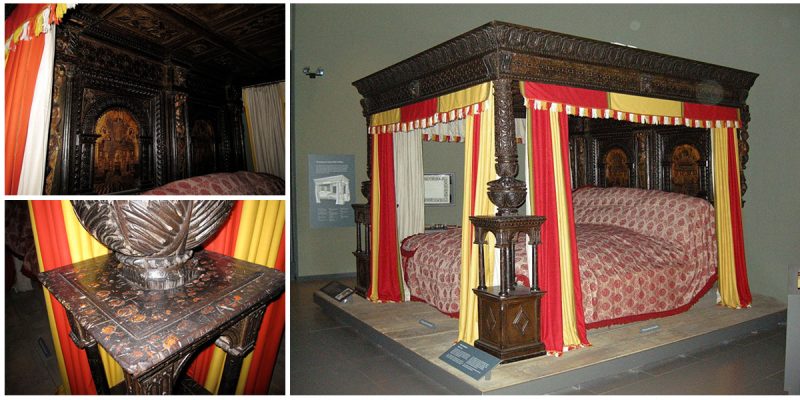During the 16th century, beds became more decorative, with carved work on the headboard and bedposts. One such example of that period is The Great Bed of Ware, a giant four-poster bed made of oak with inlaid marquetry panels measuring 11 feet wide, 10 feet long, and 9 feet high.
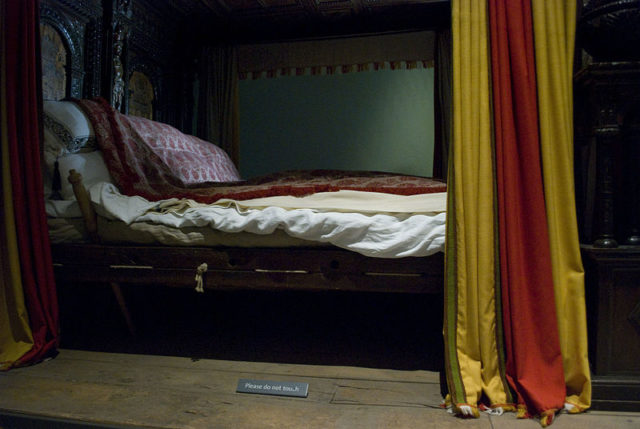
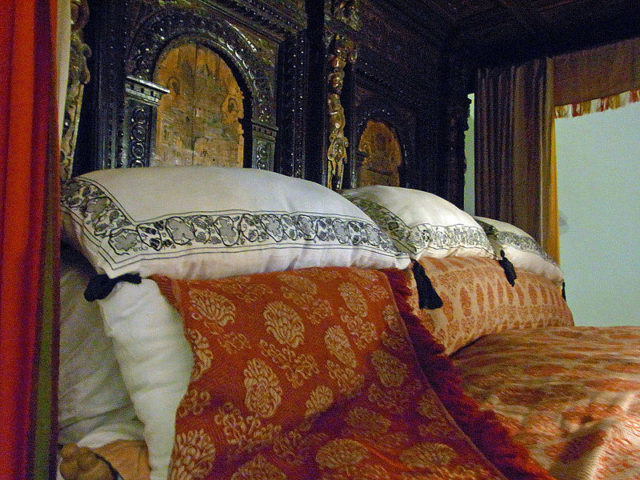
The solid oak bed is thought to have been created in 1590 by Hertfordshire carpenter Jonas Fosbrooke as a tourist attraction for travelers on the pilgrimage from London to Walsingham. The Great Bed of Ware has been a tourist attraction for many years and has attracted the attention of visitors for generations.
Over the centuries, many of those who have used the bed have carved their names into its posts or dropped molten wax onto the wood and imprinted their signet ring into it, the marks of which are still visible on the bedposts and headboard today.
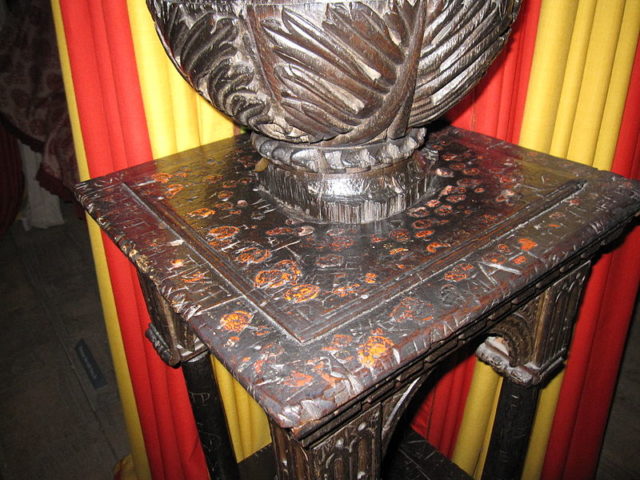
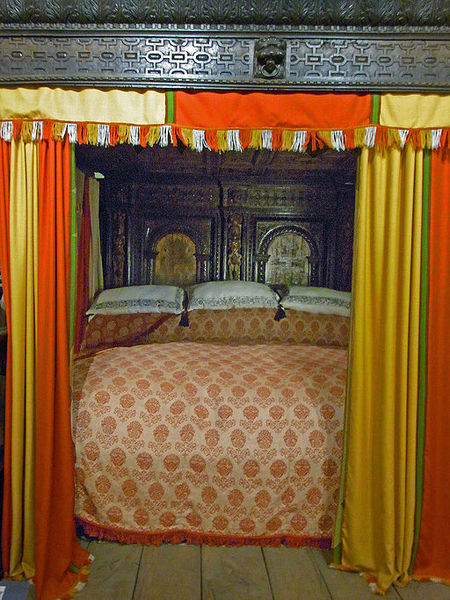
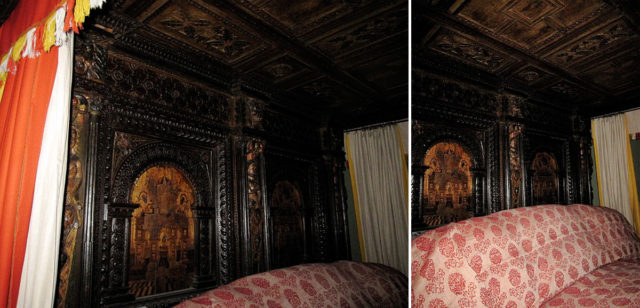
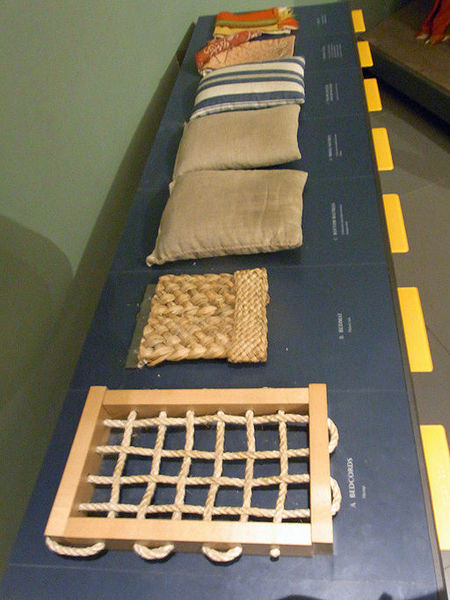
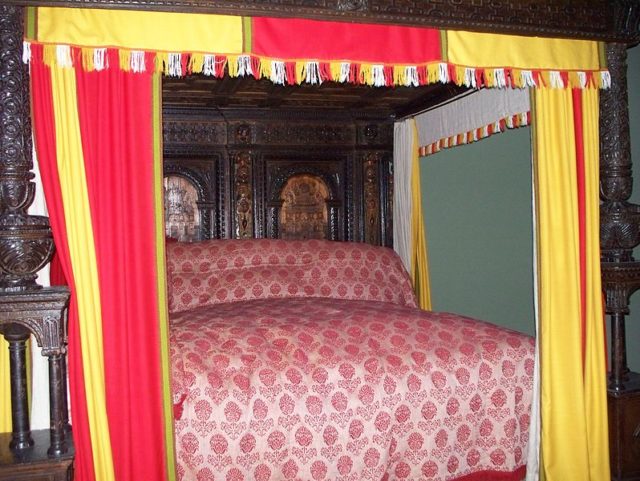
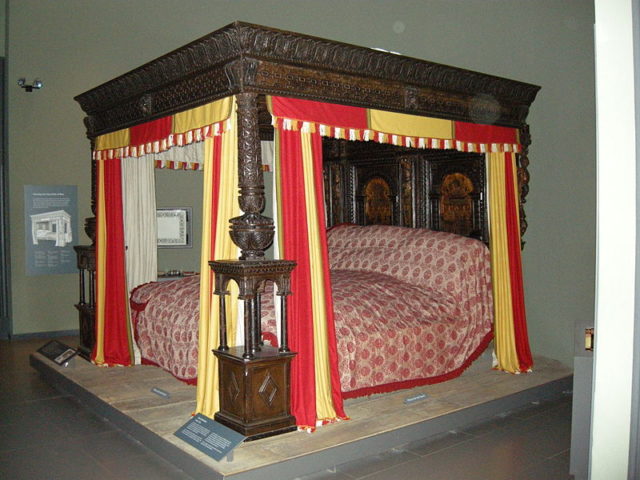
The woodwork is carved with Renaissance patterns, acanthus leaves, and strapwork. Originally, it would have been brightly painted. Traces of these colors can still be seen on the figures on the headboard. Since its origins in 16th Century Ware, the bed has featured in many examples of famous literature (Shakespeare mentioned it in Twelfth Night, Byron mentioned it in Don Juan, and Ben Johnson also refers to it in 1609 in his play Epicoene: or the Silent Woman), and it was even exhibited at an early amusement park.
It was originally housed in the White Hart Inn in Ware, England, but since 1931, The Great Bed of Ware has been on display at the Victoria and Albert Museum in London, England.
